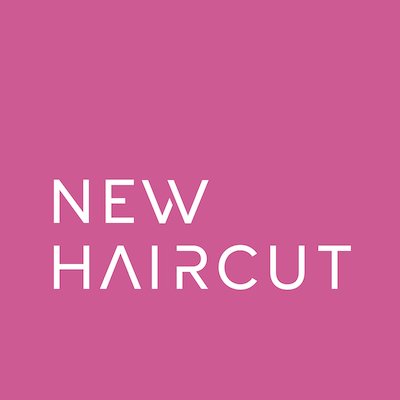Designing a Hybrid Work Culture That Will Last
Hybrid work is here to stay. And when one person is remote, the whole team needs to support remote collaboration. It’s time to design these environments more strategically. Companies from Ford to Target and Capital One, are standardizing the hybrid work model and they’re just the first wave of this growing shift.
If you’re not re-evaluating and restructuring your team to fit this hybrid model, you’re swimming against the current. Moreover, if you’re not leveraging human-centered design principles when implementing your hybrid work model, you risk falling behind your competitors. Remote work isn’t for everyone (or every industry), but for employees who’ve embraced this new model for over a year, there’s really no turning back. They’ve settled into life-altering adjustments that reduced their costs of living, decreased exhausting and expensive commutes, and gave them the chance to spend more time with family, or take care of family members — young and old.
Forcing these employees back to work is just pushing forward what NPR and others are dubbing “The Great Resignation,” which saw a record number of Americans quit their jobs in recent months. Are some of your remote folks kicking back at the beach or watching TV all day instead of working? Potentially. At least, that’s the fear employers may be grappling with. But enforcing a blanket policy across your entire workforce to return to the office just to protect against this lazy sub-culture is even lazier. It also overshadows all of the unique, and invaluable benefits of remote work. In fact, according to a PWC survey, 71% of employees and 81% of employers found remote work to be a success and that productivity improved over time. By designing your hybrid work models with human-centered intention, these numbers will only increase.
Building a hybrid ecosystem inspired by people
If you’re a leader who believes that your people are your most important investment — and you want your investment to last — you have to commit to designing a “back-to-office” model that works for everyone. It’s not enough to make a structural change, you have to focus on crafting a hybrid ecosystem for your employees to optimize the productivity benefits that hybrid offers. Here’s where breaking out of our echo chambers by using human-centered design (HCD) to reimagine our future workforces can help. Here are three ideas to get you started:
Inspiration
Remember, you and a small group of individuals on your team don’t accurately represent your global workforce. To design an ecosystem for many, start by breaking down your workforce into subsets: by department, organization, or team. Focus on these cohorts one at a time. Visualize this by creating representative employee personas — this will help you and other leaders align on what’s most important. Next, qualify these ideas by sharing them with your people. Ask them for feedback — more importantly, be ready to listen to their feedback, free from your biases and expectations based on your mental models. Treat feedback as a gift.
Ideation
You’re now equipped to begin sharing working ideas about your proposed new structures and how it will all be communicated. These are your working prototypes. Share them with employees and ask for their additional ideas and insights. Even better, co-create them with your teams. No matter the ideation approach you take, the importance is listening and incorporating, while balancing what’s important to the business.
Implementation
After iterating and validating your return-to-office plan (much like in human-centered design), begin communicating and implementing your setup in small batches — think team by team. Continue to request feedback on how these changes are working out for your team. Empower them to suggest improvements and voice what’s working well.
Continue to evolve your hybrid process
Simultaneously to implementing your new structure, continue to learn, iterate, and communicate. Co-evolve with your workforce — maintain a shared journey with them, or risk losing them to companies and leaders that saw them and heard them. Ready to jump head-first into hybrid? Download MURAL's Hybrid Work Guide for tips on navigating collaboration, clarity, inclusion, and engagement from a distance.
This article originally appeared in MURAL’s blog.

